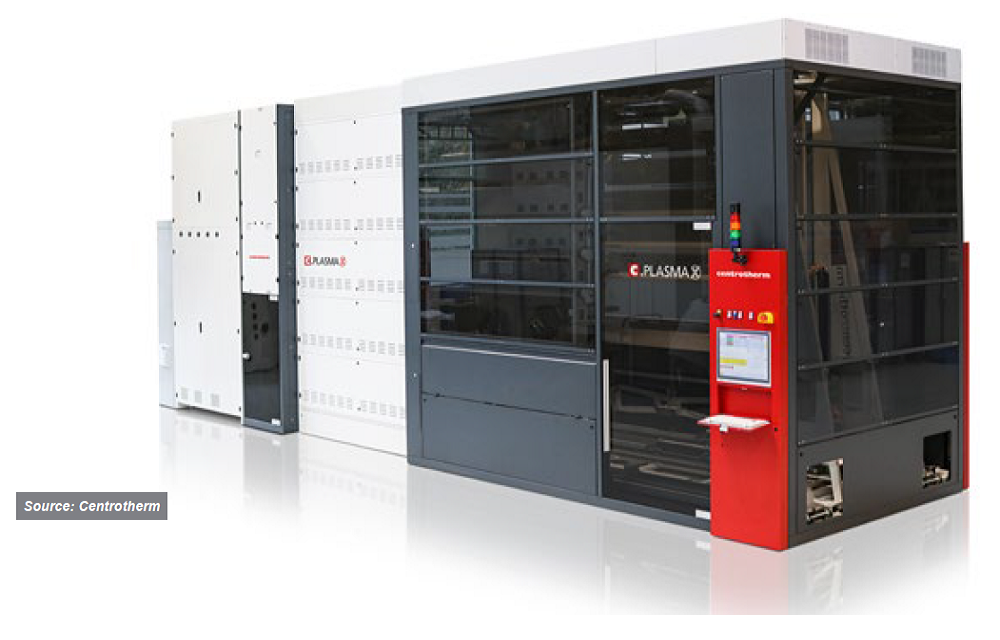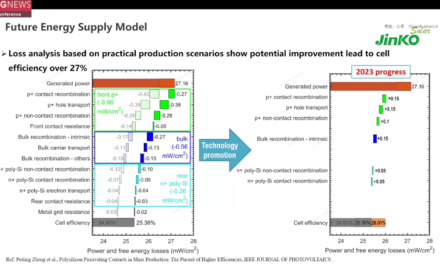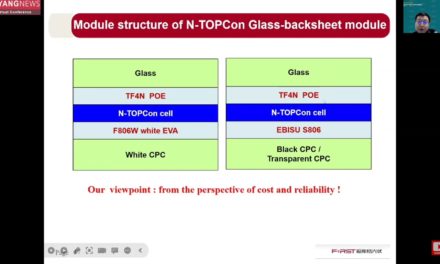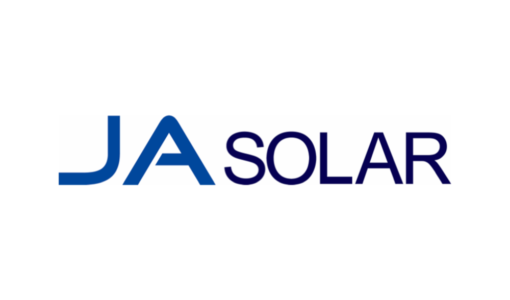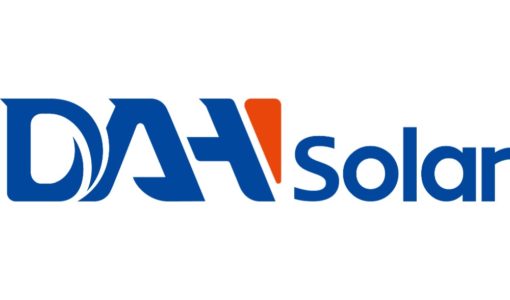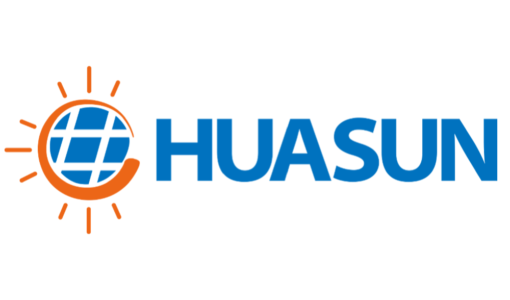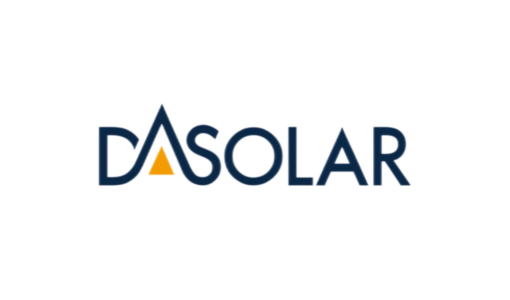- PECVD gaining popularity TOPCon to avoid the wrap around
- S.C. New Energy and Jinchen from China and Centrotherm with help from Fraunhofer are major tool suppliers working on PECVD product platforms for TOPCon cell production
- Tools are offered mainly in two different configurations – with and without integrated oxide application – while in-situ doping mostly coming by default
Addressing the shortcomings of LPCVD equipment for the production of TOPCon solar cells, as discussed in our earlier article (see LPCVD for TOPCon Cells), especially the wraparound, the PV industry is increasingly getting interested in PECVD technology. S.C New Energy and Jinchen are 2 Chinese companies that have forayed into PECVD solutions for TOPCon. German equipment vendor Centrotherm, in cooperation with Fraunhofer ISE, has been developing also a PECVD based solution.
Automation experts Jinchen, well known in the module production equipment business, ventured into TOPCon solutions as part of their entry into cell production equipment in 2019. It started working on 2 technologies – HJT and TOPCon – in parallel and handling them separately through different subsidiary entities, albeit based on the same technology platform – PECVD. The company is focusing on the tube PECVD tool platform. The first PECVD reactors of the company have already found a place in test centers of 2 top-tier PV manufacturers, according to Adam Ge, COO of Jinchen. Unlike many others operating in this field, Jinchen is only supplying the key deposition equipment for the technology and printing solution through another subsidiary, but not the complete line.
According to Jinchen, TOPCon is now getting increased attention; PERC followers, under pressure from the developments in the HJT segment, are leaning more and more towards TOPCon, which is a very natural way to extend the lifespan of the PERC lines with efficiency upgrades and TOPCon has everything that a new technology requires. As for reasons behind opting for PECVD, Ge says that the technology brings down the wraparound to negligible levels. Wraparound, the main reason TOPCon has never managed to overcome severe yield problems, has darkened its prospects for widespread adoption. And the additional wet-chemical treatment required post LPCVD to remove the wraparound adds to overall cell production costs. PECVD, in addition to addressing these issues, also supports higher deposition rates.
The tube PECVD tools of the company have passed the pilot verification at several leading cell makers, attaining an average mass production efficiencies exceeding 24% with best production efficiencies already 24.5%. Recently, Jinchen’s key research partner Ningbo Institute announced a record efficiency of 25.53% for a TOPCon Cell. As it is with any PECVD reactors, the throughput depends on the number of tubes integrated into one frame. Jinchen’s production solutions have the flexibility to choose the number of tubes between 4 and 6; accordingly, the approximate throughput also varies from 5,000 to 6,000 wafers. These tools are also designed in a way that they can accommodate all the mainstream wafer sizes from M6 to G12. The PECVD reactors of the company can accomplish the deposition of polysilicon, which is doped in-situ. In parallel, Jinchen is also developing so called a “two-in-one” that can accomplish the applying tunnel oxide topped with in-situ doped polysilicon layer in same machine.
S.C New Energy, for almost the same reason as Jinchen, also developed a PECVD reactor for TOPCon. The horizontal reactor of the company, named PD-520, closely resembles the LPCVD tool of the company in terms of configurational aspects. It also comes with the option to choose 4 to 6 tubes in one reactor shell, while the highest number is standard. Each tube has a diameter of 520 mm that is compatible with wafer sizes from M0 to G12, and optionally can also accommodate even larger wafer sizes of up to 230 mm side length. However, the loading capacity per graphite boat is specified as 704 M6 size wafers. S.C New Energy is promoting the system as so called 4-in-one, capable of accomplishing applying tunneling oxide, intrinsic and doped polysilicon films and mask layer making it compatible with different process sequences for TOPCon production. It has a rated throughput of 5,600 wafers per hour resulting in film uniformity with a rated deviation of 5% within a wafer and substrates of the same batch, while even tighter deviation is realized when comparing the wafers from a different batch. The in-situ doping process can be optimized to realize a wide range of sheet resistance of the n+ surface ranging between 40 and 100 ohm/sq.
Centrotherm also started working on a PECVD based solution for TOPCon several years ago in cooperation with Fraunhofer ISE, Germany. The project, however, was put on the backburner due to an unexpected fire accident at the research center in 2017, until the activity was resumed in 2019.
Speaking at the recent TaiyangNews High Efficiency Cell Conference, Jochen Rentsch, head of department production technologies at Fraunhofer ISE, gave a summary of the latest findings. The TOPCon process was done on the industrial PECVD tool using Centrotherm’s c.PLASMA PECVD with 40 kHz direct plasma, which is well known in the industry for SiNx and AlOx deposition. The tool can accomplish in-situ doping as well. Click here to view Jochen Rentsch’s TOPCon Presentation.
Acknowledging the trend towards batch type PECVD, Semco is also working on the technology for TOPCon applications.
This brief article is taken from our recent TaiyangNews report on TOPCon Solar Technology, which is available for free download here.

